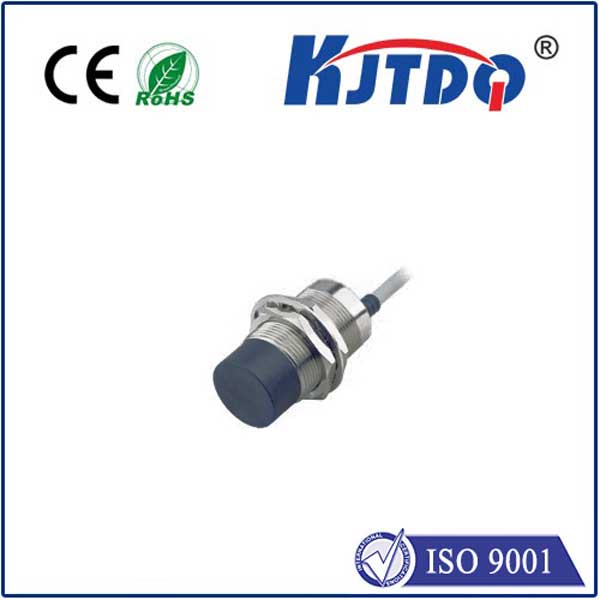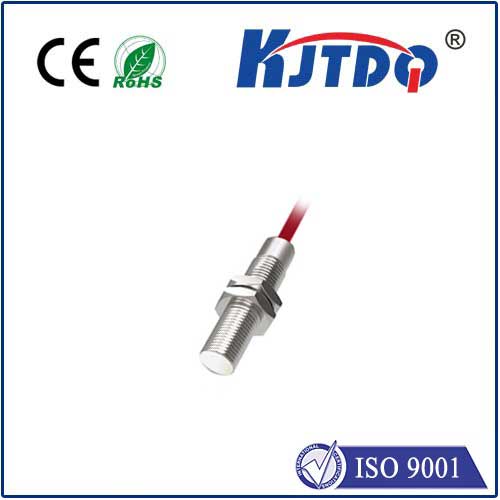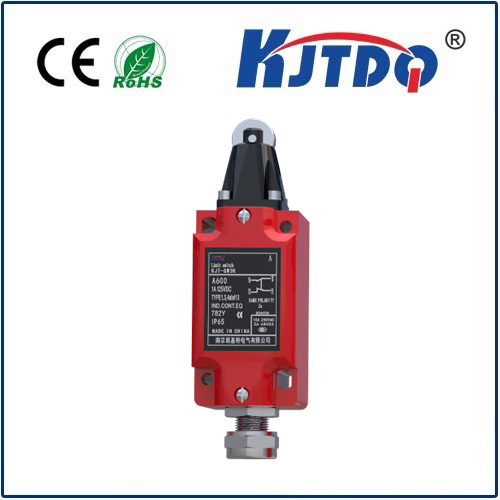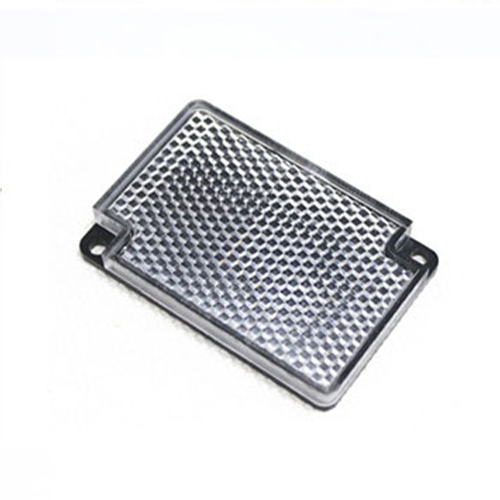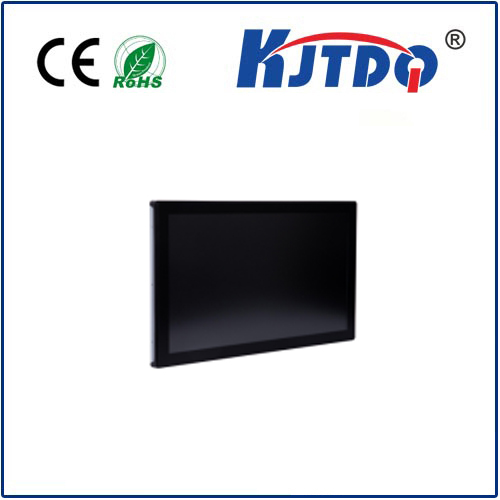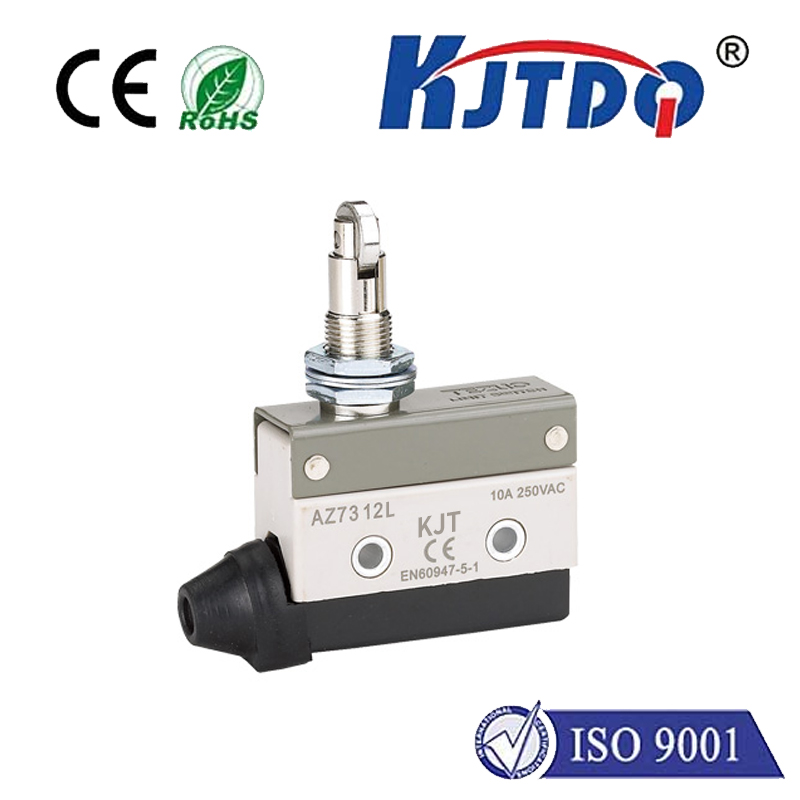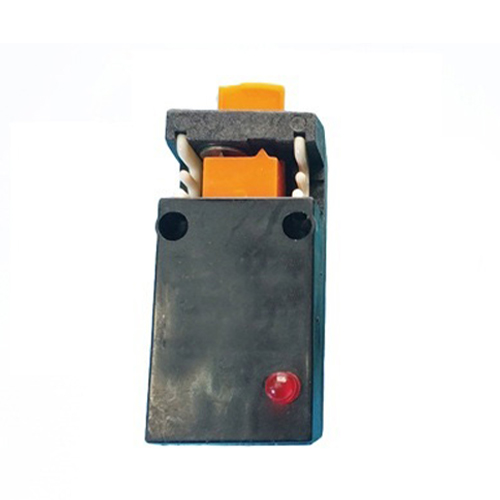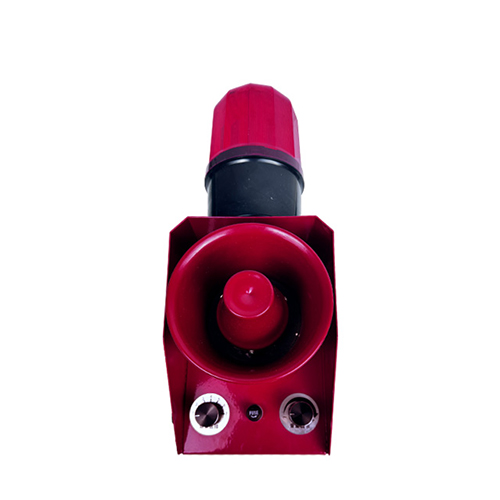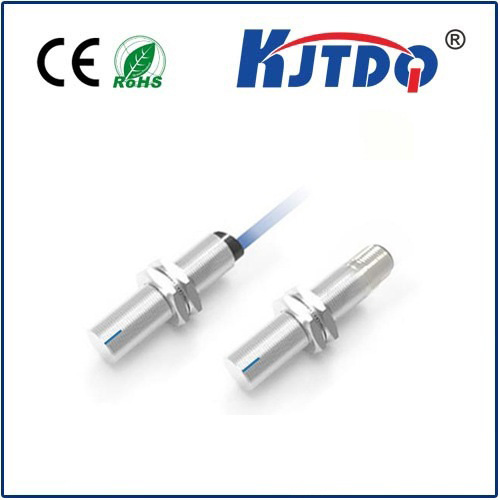npn inductive proximity sensor
- time:2025-07-07 12:49:28
- Click:0
NPN Inductive Proximity Sensors Explained: How They Work and Why They Matter
Imagine a factory humming with robotic arms, assembly lines gliding smoothly, and packages zipping through sorting systems. Often overlooked, yet silently ensuring this precision and efficiency, are unsung heroes like the NPN inductive proximity sensor. These rugged electronic sentinels detect the presence or absence of metallic objects without physical contact, playing a critical role in automation, safety, and process control across countless industries. Understanding their unique switching characteristics is key to leveraging their capabilities effectively.
Unlocking the Core Principle: Electromagnetism in Action
At the heart of every inductive proximity sensor lies a fundamental principle: electromagnetic induction. Here’s the breakdown:
- Generating the Field: An internal oscillator circuit generates a high-frequency alternating electromagnetic field, radiating outward from the sensor’s active face.
- Interaction with Metal: When a conductive metal object (like steel, aluminum, brass, etc.) enters this field, eddy currents are induced within the target material. These are small circulating electrical currents.
- Field Dampening & Detection: The creation of eddy currents draws energy from the sensor’s oscillating field, causing its amplitude to dampen or decrease significantly.
- Signal Processing & Output: An internal evaluation circuit continuously monitors the oscillator’s amplitude. Once the dampening reaches a pre-set threshold (determined by the sensor’s sensing distance), the circuit triggers a change in the sensor’s output state.
This entire process happens near-instantaneously, enabling incredibly fast, non-contact detection of metallic objects – a core advantage over mechanical limit switches prone to wear and tear.

The Crucial “NPN” Distinction: Understanding the Switch
The “NPN” designation defines the specific type of transistor output and, consequently, the electrical switching behavior within the sensor’s output circuit. This is where the NPN proximity sensor differentiates itself:
- Transistor Type: An NPN sensor utilizes an NPN bipolar junction transistor as its solid-state switching element.
- Switching Behavior - The “Normally Open” Logic: In its default state (no target present), the NPN output acts like an open switch between the output signal wire (usually Black or Brown) and the sensor’s negative voltage supply wire (usually Blue). No current flows through the output to ground (0V).
- Activation: When a target enters the sensing range, the internal NPN transistor turns on (saturates). This effectively closes the switch between the output signal wire (Black/Brown) and the negative voltage supply wire (Blue). The output now connects the load (e.g., PLC input, relay coil) to ground (0V).
- Wiring Implications: Because the NPN sensor sinks current to ground, the load must be connected between the positive supply voltage (+V, usually Brown) and the sensor’s output signal wire (Black/Brown). When the sensor activates (target present), it provides a path to ground, completing the circuit and allowing current to flow through the load and into the sensor to ground.
NPN Switching Characteristics Summary:
| Characteristic |
Behavior |
| Transistor |
NPN Bipolar Junction Transistor |
| Default State (No Target) |
Output Transistor OFF - Open Switch to Ground |
| Activated State (Target Present) |
Output Transistor ON - Closed Switch to Ground |
| Current Flow |
Sinks current to Ground (0V) |
| Load Connection |
Load connected between +V Supply and Sensor Output |
Why Choose an NPN Inductive Proximity Sensor? Key Advantages
These sensors offer compelling benefits that drive their widespread adoption:
- Ruggedness & Long Life: Non-contact operation inherently means no moving parts to wear out. They are built to withstand harsh industrial environments – resistant to dust, dirt, oil, vibration, and moisture (varying IP ratings apply). This translates to exceptional reliability and minimal maintenance downtime, a significant operational cost saving.
- High-Speed Operation: Capable of switching thousands of times per second, they excel in high-speed applications like part counting on fast-moving conveyors or position verification in rapid assembly lines.
- Insensitivity to Surface Conditions: Unlike optical sensors, they reliably detect metal targets regardless of surface color, transparency, or the presence of dirt, oil, or water film (though target material and thickness matter – see below).
- Compact Form Factor: Available in incredibly small sizes (e.g., M5, M8, M12, M18, M30 threaded barrels), they fit into tight spaces where mechanical switches simply cannot.
- Cost-Effectiveness: High-volume production and robust construction make them a very economical sensing solution.
Critical Considerations for Selection and Use
While powerful, optimal use requires understanding key parameters:
- Sensing Distance (Sn): The nominal operating distance at which a standard target will trigger the sensor. Always check datasheets, as distance varies significantly with target material, size, and shape. Ferrous metals like steel are detected at the rated Sn. Non-ferrous metals (aluminum, brass, copper) typically have a reduced sensing range (often 25-60% of Sn) due to differences in how eddy currents form.
- Target Material & Size: As mentioned, material drastically affects sensing distance. Target size must generally be equal to or larger than the sensor’s face diameter for reliable detection at Sn.
- Output Type (NPN vs. PNP): This article focuses on NPN output, but PNP sensors (which source current from +V) are equally common. NPN sensors are often preferred in regions like Asia and historically in some European/US systems, or when interfacing with specific PLC input card configurations. Selecting the correct type for your control system is crucial. Mixing NPN and PNP incorrectly will not work.
- Hysteresis: The difference between the switch-on point (target approaching) and switch-off point (target moving away). Hysteresis prevents output “chatter” when a target is exactly at the sensing threshold.
- Flush vs. Non-Flush Mounting: Flush-mountable sensors can be embedded in metal without affecting operation. Non-flush sensors require an air gap around them but generally offer longer sensing distances.
Where NPN Inductive Proximity Sensors Shine: Real-World Applications
Their versatility makes them ubiquitous:
- Position Sensing: Verifying part presence/absence on conveyors, end-of-travel limits for cylinders, door/window position checks.
- Object Counting: Tallying bottles, cans, packages, or machined parts moving past a point.
- Speed Monitoring: Detecting teeth on gears or holes in discs for RPM measurement.
- Machine Safety: Interlock confirmation (e.g., guarding in place) before enabling machine motion.
- Level Detection: Monitoring metal levels in












